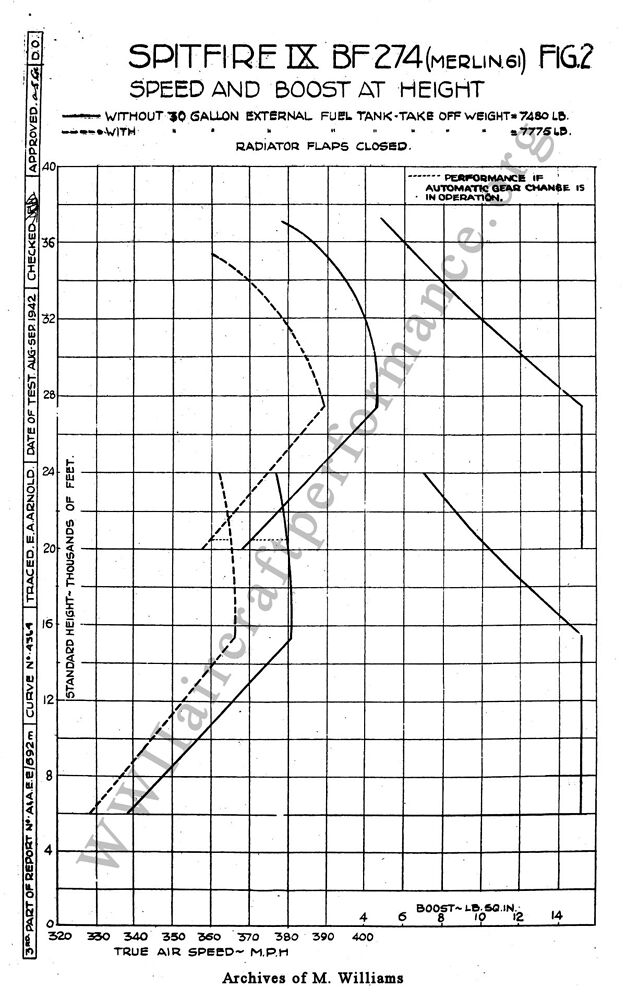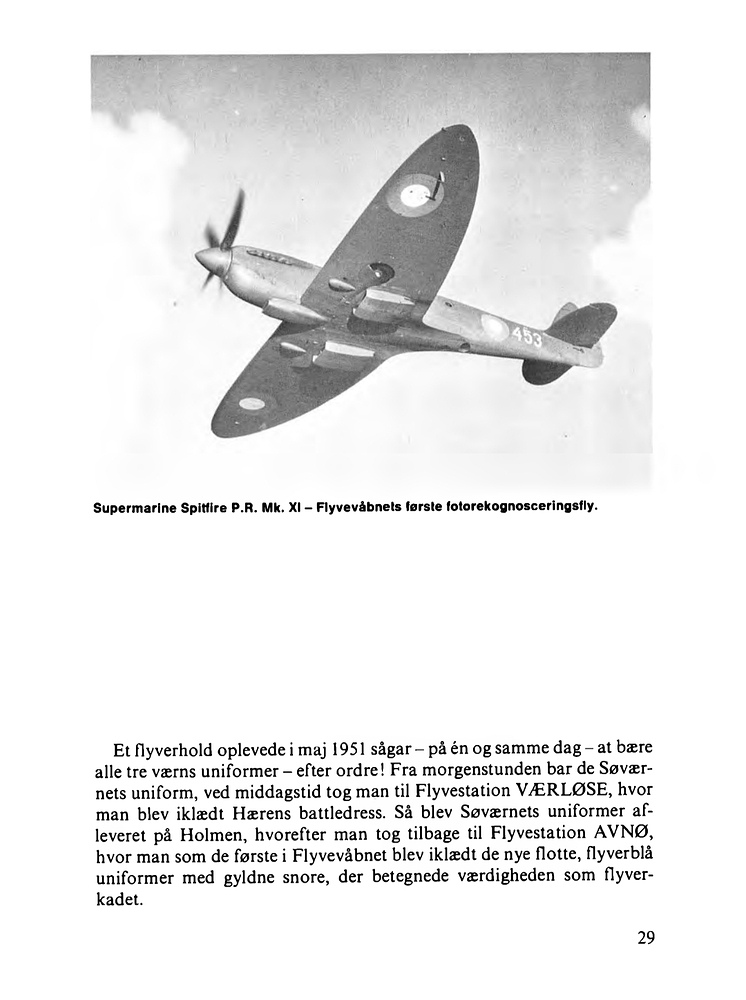- Yes, as a Tech Tree vehicle
- Yes, as an Event vehicle
- Yes, as a Premium vehicle
- Yes, as a Squadron vehicle
- No, I would not like to see the Danish Spitfire HF Mk IXe in game
- Each wing configuration as separate planes
- Only the standard wing configuration
- Only the clipped wing configuration
- Clipped wing configuration as a modification
- I said no
RDAF Spitfire HF Mk IXeShort description
The Spitfire HF Mk IXe is a high altitude variant of the Spitfire Mk IX with the E-type wing configuration. This saw service with the Royal Danish Air Force (RDAF). The aircraft that was received were a bit of a mixed batch of configurations, with for example some having regular rounded wings and others having clipped wings.
History
After WW2 Denmark stood without a relevant air force. While there were quite a lot of German aircraft left over after the war, the British government ordered that the German aircraft should no longer be fight and air worthy. This was done by exploding a grenade in the cockpit of the German aircrafts, which was then afterwards chopped up into scrap.
So to get an air force that Denmark could use, they received the British Spitfire. They chose two different variants, the first one was the High altitude Fighter variant with the E-type wings, the other was a Photo Reconnaissance variant. In total the Danish air forces received 38 Spitfire HF Mk. IXe and 3 Spitfire PR Mk. XI. They further received 4 Spitfire LF Mk IXe for use of training mechanics.
The Danish air forces received its first Spitfire In 1947, with the last ones being received in 1949. The aircraft they received, despite being of the same same mark, were a mixed batch. Some had normal rounded wings, while other had clipped wings. Some had rounded tail rudder, while other had a wider pointed tail rudder. There was even 5 of the highest serial number Spitfires that Denmark got, that had a teardrop canopy and a low back, compared to the rest aircraft that had the earlier type of canopy and a high back. The tail rudder and wing tips were able to be changed, which meant that the individual Spitfires though their life could have had multiple configurations.
Note on image the different wing tips of the Spitfires
While the combination of it being a High Altitude Fighter variant and having clipped wings is a bit weird, because the Merlin 70 engine were optimised for High Altitude, and clipped wings often used for low altitude. However the explanation for that, with the Merlin 70 engine you would also get better performance at lower altitude, which was where the Danish air force typically operated.
Originally when the Danish air force got the Spitfires, there was no dedicated air force branch. Instead they were placed under the Danish Navy’s & Danish Army’s Air Force. When the Danish government voted on having a separate Danish air force in 1950, all the spitfires were incorporated into two of the Royal Danish Air Force (RDAF) eskadrillier. Eskadrille 725 were a fighter school for pilots to train before going over onto jet aircraft. Eskadrille 722 were a mixed squadron which used both the 3 Spitfire PR Mk XI and the Spitfire HF mk IX.
During its Danish air service, a total of 8 spitfires were lost in accidents, with 4 pilots dying. One pilot died during a snow storm, when he collided with a tractor during a low attack maneuver, another died by hitting a tree, a third one crashed into Øresund and the last one died during a crash with unknown reasons. Generally the Spitfires were flown very loosely, typically in extremely low altitudes, which were the main cause for the accidented. In one such case a pilot managed to shave off 20cm of the propeller tips of his Spitfire without him knowing, only when he landed and a terrified mechanic discovered it, did he know that he had scraped the ground.
At the end of its life in the RDAF, the pilots were allowed to do what ever they wanted with the aircrafts, since they knew they were going to be chopped up anyways. The last flight of a Spitfire in the RDAF were performed in 1955, where afterwards all but a single Spitfire were scrapped.
There are a couple of Danish Spitfires that are worth noting, the spitfires with the serial numbers RK889 & MA298. One of them being a so called “presentation Spitfire”, while the other have had multiple identities through out its life, and it being the only one left.
| Specifications: | ||
|---|---|---|
| Engine: | Rolls-Royce Merlin 70 | |
| - | Take-off Power: 1.250 hp (932 kW) | |
| - | Combat Power: 1.655 hp (1.234 kW) @ 10.000 ft (3.048 m) | |
| Maximum TAS: | 413 mph (665 km/h) @ 26.600 ft (8107 m) | |
| Service Ceiling: | 43.200 ft (13.167 m) | |
| Climb Rate: | 4310 ft per min (21,9 m/s) below 11300 ft (3444 m) | |
| Length: | 31 ft ½in (9,46 m) | |
| Wing Span: | 36 ft 10in (11,23 m) | |
| - | Clipped Wing: 32 ft 7in (9,93 m) | |
| Height: | 12 ft 7½in (3,85 m) | |
| Empty Weight: | 5643 lb (2.560 kg) | |
| Gross Weight: | 7892 lb (3.580 kg) | |
| Armaments: | 2x 20mm Hispano Mk.II & 2x 12,7mm M2 Browning |
Photos
Danish Spitfire with Teardrop Canopy and low back

The two first Spitfires have a small nose art figure of respectably Micky Mouse and big bad wolf























